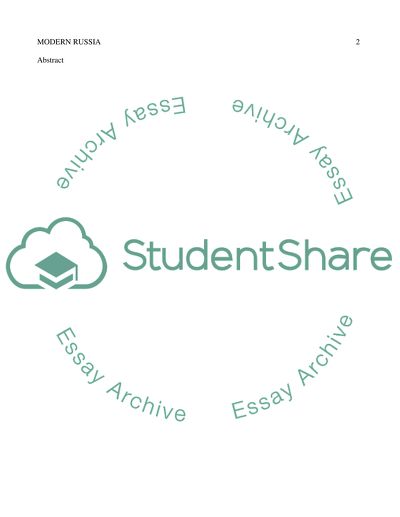Cite this document
(“Modern Russia: A Burgeoning Democracy or a Returning Autocracy Research Paper”, n.d.)
Modern Russia: A Burgeoning Democracy or a Returning Autocracy Research Paper. Retrieved from https://studentshare.org/history/1434090-modern-russia-a-burgeoning-democracy-or-a-returning-autocracy
Modern Russia: A Burgeoning Democracy or a Returning Autocracy Research Paper. Retrieved from https://studentshare.org/history/1434090-modern-russia-a-burgeoning-democracy-or-a-returning-autocracy
(Modern Russia: A Burgeoning Democracy or a Returning Autocracy Research Paper)
Modern Russia: A Burgeoning Democracy or a Returning Autocracy Research Paper. https://studentshare.org/history/1434090-modern-russia-a-burgeoning-democracy-or-a-returning-autocracy.
Modern Russia: A Burgeoning Democracy or a Returning Autocracy Research Paper. https://studentshare.org/history/1434090-modern-russia-a-burgeoning-democracy-or-a-returning-autocracy.
“Modern Russia: A Burgeoning Democracy or a Returning Autocracy Research Paper”, n.d. https://studentshare.org/history/1434090-modern-russia-a-burgeoning-democracy-or-a-returning-autocracy.


